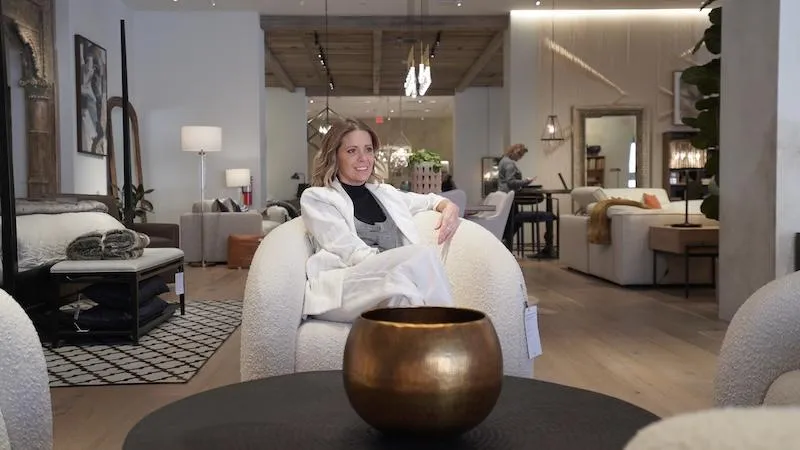
Beyond the Classroom: How Mentorship Shapes a Successful Design Career
When I look back at my years as both a design student and later as a professor, one thing stands out: the students who thrived weren’t always the ones with the straight-A transcripts. They were the ones who sought out guidance, built relationships, and allowed themselves to be mentored.
Grades matter, yes. They measure effort and skill. But they don’t capture creativity, resilience, or the courage to take risks. And in the real world of design, it’s mentorship, not GPA, that shapes careers and opens doors.
Grades Don’t Tell the Whole Story
I’ve taught students who earned top marks but froze when faced with a difficult client. And I’ve mentored others who scraped by in theory classes but blossomed into brilliant designers because they learned how to listen, adapt, and grow.
The truth is, design isn’t a formula. It’s an evolving conversation between people and space. And that’s not something you can measure on a multiple-choice exam.
Mentorship Brings Real-World Wisdom
A mentor doesn’t just teach you how to render a floor plan or build a portfolio. They share the lessons that only experience can teach:
– How to navigate conflict with grace.
– How to price your services without undervaluing yourself.
– How to recover when a project doesn’t go as planned.
These are the things that rarely make it into a syllabus but determine whether you sink or soar in your career.
Mentorship Builds Confidence
Imposter syndrome often whispers: You’re not ready. You don’t belong. But a mentor can quiet that voice by reminding you of your progress and potential. They see the strengths you overlook and push you just enough outside your comfort zone to grow.
In my own journey, I can trace pivotal turning points back to mentors who believed in me before I fully believed in myself. Their guidance gave me permission to take risks that shaped the trajectory of my work and teaching.
Mentorship Creates Community
Design can feel isolating if you try to do it alone. Mentorship connects you to a lineage of designers who have walked the path before you, and who can help you avoid common pitfalls.
It also creates opportunities. Many students I’ve mentored found internships, freelance gigs, or even business partnerships through relationships they nurtured with professors, peers, and industry leaders. Doors open faster when you’re connected.
How to Find (and Be) a Mentor
If you’re looking for mentorship, start small:
– Ask a professor or professional if you can shadow them on a project.
– Join design communities where knowledge is shared freely.
– Reach out to peers ahead of you in their careers, mentorship doesn’t always have to come from someone decades older.
And once you’ve gained some experience, don’t forget to pay it forward. Some of the most rewarding moments of my career have come from watching former students become mentors themselves.
Grades Fade, Relationships Last
At the end of the day, clients won’t ask to see your report cards. They’ll ask how you can solve their problems, bring their vision to life, and create spaces that feel like home. Those skills are nurtured through mentorship, not perfection on paper.
So while grades can measure knowledge, mentorship builds wisdom. And wisdom is what sustains a career.
Your First Step: Seek Out Guidance
If you’re a design student or early-career creative, don’t get lost in the chase for perfect marks. Invest your energy in building relationships with those who inspire you.
🗓️ Book a free clarity call and let’s talk about how mentorship can accelerate your journey from student to thriving professional.Together, we’ll map a path that feels right for you - no pressure, just support. Book Call
Because the most transformative lessons aren’t written on your transcript. They’re written in the relationships that shape you.
